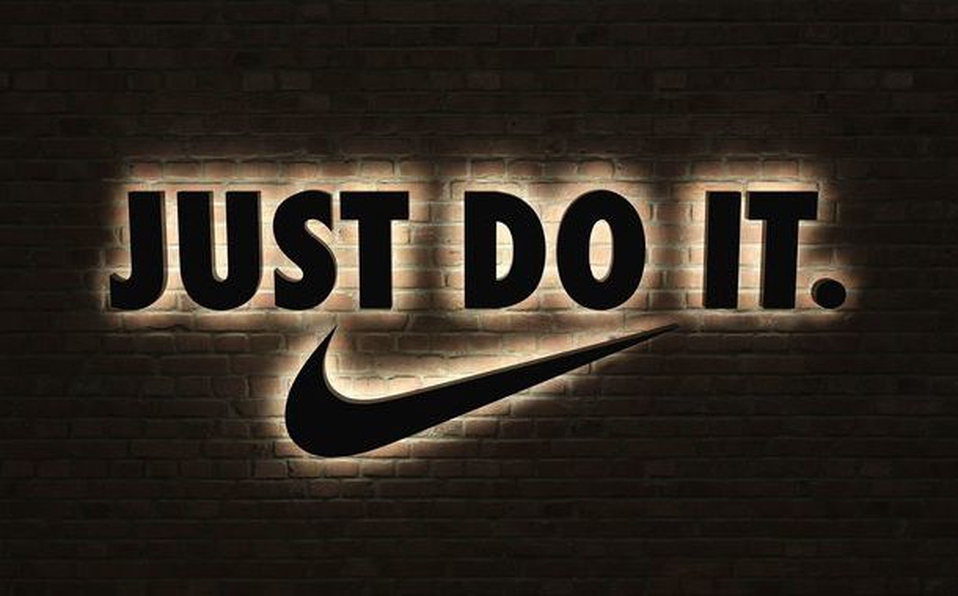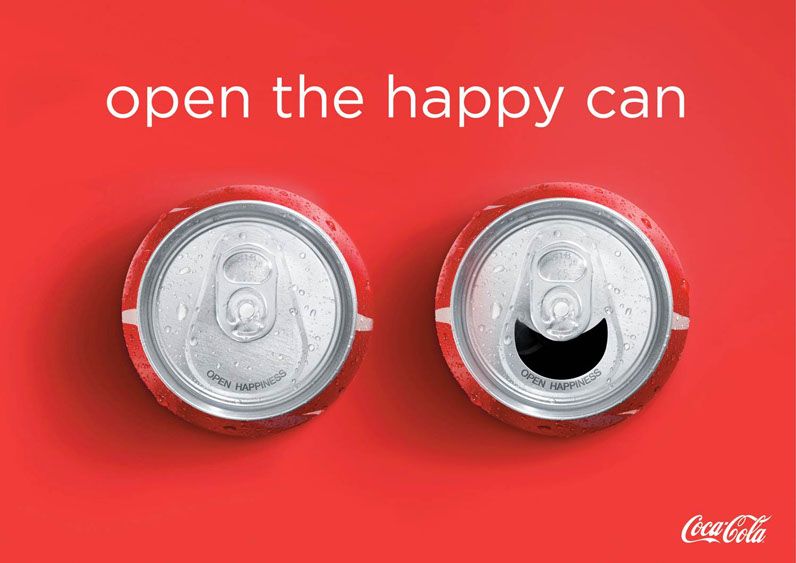Brands can have an enigmatic power; for example, why does Nike seem to have so much more sway than a lesser-known company? How can we maintain that power for our brands? You might also wonder that, as I do all the time.
Brand priming is one of the reasons branding is effective. Connecting a brand to emotions, thoughts, and behaviors can sway buyers. You will learn more about the nature of such impact from this article.
Subtle marketing strategies have an impact on consumers’ perceptions of your brand and items. You have a lot more control over the story when you are aware of the potential effects of certain acts. Brand priming is about controlling your business’s image. You put out into the world how you want others to see you. Understanding the psychology behind priming helps ensure your branding efforts are successful.
What is Brand Priming?
Brand priming is the process by which a brand influences consumers’ future attitudes and behavior psychologically. The process of priming occurs when the brain associates a stimulus (such as a logo) with prior knowledge and ideas. When someone experiences the stimulus again, their mind will more quickly and effectively pull those memories and ideas into their thoughts.
For priming, any kind of stimulus—word, music, or image—can be employed. Our early response is influenced by that initial exposure.
Brand priming is the process by which a person’s initial ideas and actions are influenced by a brand’s name or emblem. If the primed reaction is to buy or utilize the good or service, that might assist in boosting income.
The only way to truly understand priming and brand priming is through examples. Below are some well-known examples of brand priming:
Red Bull
Red Bull primes feelings energy and speed.
A Boston College study looked at the impact of logos on a video racing game. The racecars were branded with different company logos. Red Bull’s logo had already primed players to have more energy and be faster if they chose that particular brand. Whether this actually worked or not, the study showed consumers felt the Red Bull logo with wings could actually “give them wings” in the race and make them faster.
McDonald’s
McDonald’s primes for happy feelings and pit stops.
McDonald’s marketing always includes the golden arches. People associate the emblem with happy tunes and time with family and friends. When they are out and about and need a quick bite to eat, they naturally turn to the familiar golden arches when they see them.
Nike
Nike primes for feelings of achievement and exercise.
Nike uses elite athletes in their promotions and employs taglines such as “Just Do It” to indicate the athletes’ strength and perseverance. When someone undertakes a new sport or wants to get fit, they naturally think of Nike products as something that might help them achieve their goals.
American Express
Amex primes for feelings of safety and to pay with credit.
American Express takes something we’ve already been primed to react to emotionally and uses it for its website color palette. The color blue is calming and trustworthy, so the marketers of Amex tap into the color’s psychological reaction to put new customers at ease.
A piece of information can affect how we take in subsequent pieces of information. The entire process works on a subconscious level. We may not even be aware we see the color red as exciting. Still, our brain registers the color and elicits the emotion on autopilot.
You also might learn to associate an object with another, such as a facemask with a pair of gloves if you frequently see people wearing both objects together. For another example, if a child finds a stuffed toy by a plate of spinach, they might associate spinach with something positive. Every time they see spinach, they think of their favorite plush.
Priming is how “mentalists” and “magicians” can seemingly control an audience’s responses. For example, mentalist Lior Suchard used priming to illicit planned reactions from the guests and audience of The Late Late Show with James Corden.
What is Priming in Marketing?
In the context of marketing, priming is a subconscious response to stimuli that affect our conscious choices in response to novel stimuli. It operates by drawing on subconscious associations that are nearly always invisible to the subject. It is an enigmatic and intricate process that has a big influence on our behavior. The subconscious mind is the engine of a process. Unintentionally, our reactions to the first object influence our reactions to the second.
Let’s take an example:
You own a restaurant and ordered too much French wine. A good way to psychologically prime your clients into buying this type of wine is to play French music in the background. At that moment, the subconscious will place more importance on French wine. Music will associate your buyer with French things, and that may include a time they’ve enjoyed a good bottle of French wine.
Read Also: Brand Messaging
Another nice example is television advertisements or online advertisements such as Facebook, Instagram, and other social media platforms. By watching an ad, different mental pathways activate. Usually, these pathways only link to positive memories.
Next time when you go to the supermarket and you see the product from the ad, something happens in your brain. These positive memories are triggered, and that leaves you with a positive attitude towards the product. If the client needs to choose one of the hundred different yogurt brands, most likely he will decide on the one that gives positive feelings.
This method has a psychological effect on prospects, but it doesn’t mean that you’d be manipulating, playing mind games, or tricking viewers by using it. Priming in marketing it’s in use since advertising began. In fact, it can have the complete opposite effect on your prospects. If a feature is primed and you have negative associations with it because of a bad experience, your prospect will turn down your offer.
For example, have you ever wanted to buy a product, but when you reached the landing page, website, or social profile, you’ve already lost interest? This can happen because you’ve been primed, either by accident or intentionally, to care about a particular feature that you don’t need or care about. Thus, priming is not an unethical method. If the feature cannot be positively associated with your prospect in the first place, it will not have any effect.
Priming Examples That Can Increase Conversion Rate
This section will provide you with some ideas and examples to get you started with the advertising psychology technique. These concepts may affect how your clients view you, your business, or the goods you provide. Primes have the power to affect the decisions and behaviors of your clients.
Priming can be a useful technique to help your clients navigate your website. It starts with a happy mindset and continues through product selection, successful sales, and after. You can support your consumers’ decisions, but it won’t work if you make decisions for them.
Direct Attribute Priming
For this point, we have a good example as an explanation. Some researchers approached customers in an electronics store, who’d entered to buy a new laptop. Half of the customers were asked about what memory needs they have, and the other half were asked what processor needs they have. It was a simple, straightforward question about their needs.
But, the questions had a massive impact on customers. The group with the memory question bought computers with higher memory and the group with the processor question bought computers with higher processor speeds.
By asking a simple non-leading question, the customers put more weight on these features. This affected their purchases when it came to a buying decision. Our subconscious begins to make associations right at the moment when a feature is brought under our noses. Using direct attribute priming, you can create associations and increase the importance of your product’s strengths.
There are many ways of doing this, including:
- Direct questions
- Aspirational product/service images
- Product feature priming in ad copy
- Ad headlines
Indirect Attribute Priming
Another way to influence the subconscious is indirect techniques. Remember the example I gave at the beginning about the effect of French music to influence wine choice? This is a clear example of how to use indirect priming to affect buying decisions. Indirect attribute priming can be as simple as playing particular types of music or using words to stir subconscious associations.
Let’s take another simple example. We take the color BLUE. It makes you think of blue, and that includes BLUE things too. And because I’ve mentioned the word BLUE your subconscious is already making associations. These can include:
- The sea
- The sky
And if we follow that on further, priming you with BLUE, and you making subconscious associations to sea and sky, will make you more receptive to the idea of a holiday. Or at least make the idea feel more desirable.
Brand Priming
Brand priming is used to influence a person’s immediate thoughts and actions through the name or logo of a brand. That can help increase revenue if the primed reaction is to buy or use the product or service. Let’s look at some examples to understand better.
Red Bull primes for energy and speed.
A Boston College study looked at the impact of logos on a video racing game. Evey racecar has a brand with a different company logo. Red Bull’s logo had already primed players to have more energy and be faster if they chose that particular brand. The study showed consumers felt the Red Bull logo could actually “give them wings” in the race and make them faster.
McDonald’s primes for happy feelings and pit stops.
McDonald’s marketing always includes the golden arches. People associate the emblem with happy tunes and time with family and friends. One of their earliest ad campaigns told customers to “look for the golden arches”. When someone is out and wants something quick to eat, the familiar golden arches make a good choice.
Nike primes for feelings of achievement and exercise.
Nike uses elite athletes in their promotions and employs taglines such as “Just Do It” to show the athletes’ strength and perseverance. When someone starts a new sport or wants to get fit, they think of Nike products as something that helps them achieve their goals.

Color Priming
Colors have different meanings and are often used for prime emotions. You can, for example, color your background or only specific elements like buttons or content areas. Always beware of your target group and their understanding of colors. Down below is an image with different colors and what they mean, associated with different brands that use it.

Priming with Pictures
Use pictures to prime your customers. For example, research has found that happier facial images can affect our consequent behavior. There was a study looking at the impact of subliminal facial expressions: happy, neutral, or angry. They found that people who had seen a happy face went on to drink more lemon Koolaid than those who had seen either a neutral or angry face.
Coca Cola grasped this idea in one of it’s marketing campaigns, “Open the happy can”. In the advertising, it shows the top of a can of Coke with a “smile” in the gap post opening. Every time you open a can, you get a big, wide grin smiling back at you. Coca-Cola

Try to Avoid Negative Priming in Marketing
For better use of priming, try to avoid any words that don’t associate with your key selling points, even if you use them in a negative context.
Let’s say I was selling clothes and my brand centered around the comfort of the clothes. I’d have more success using direct attribute priming, than saying something like, “Comfort means much more than style”. This will tell prospects that my brand doesn’t value style, which will isolate anybody with the smallest interest in this attribute.
One marketing tactic that might significantly affect your advertising psychology is priming. You can increase the return on investment of your adverts by making subtle, yet meaningful, modifications. See how the strategies, ideas, and examples in this article can fit into your brand by giving them a try.


